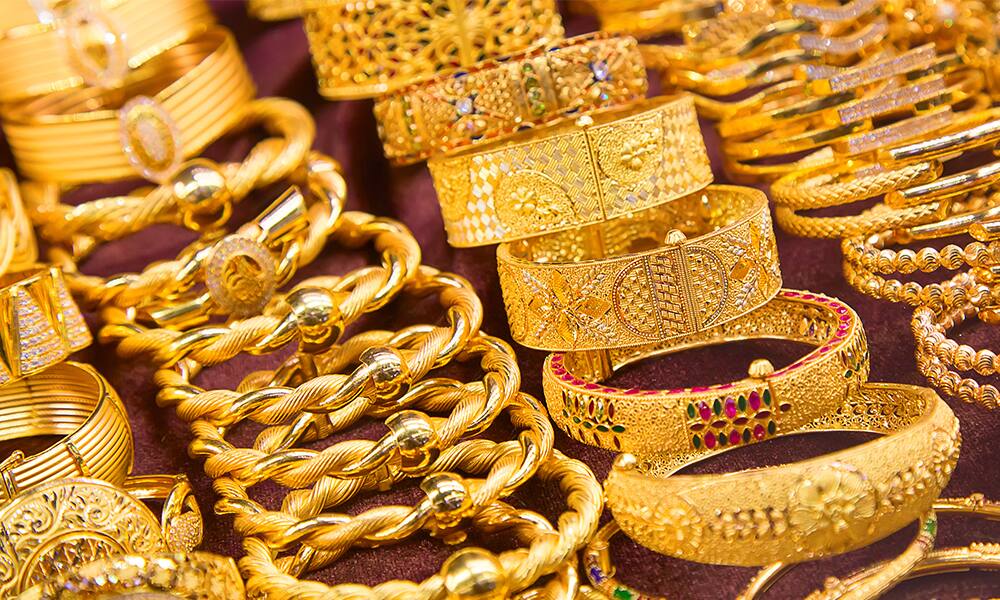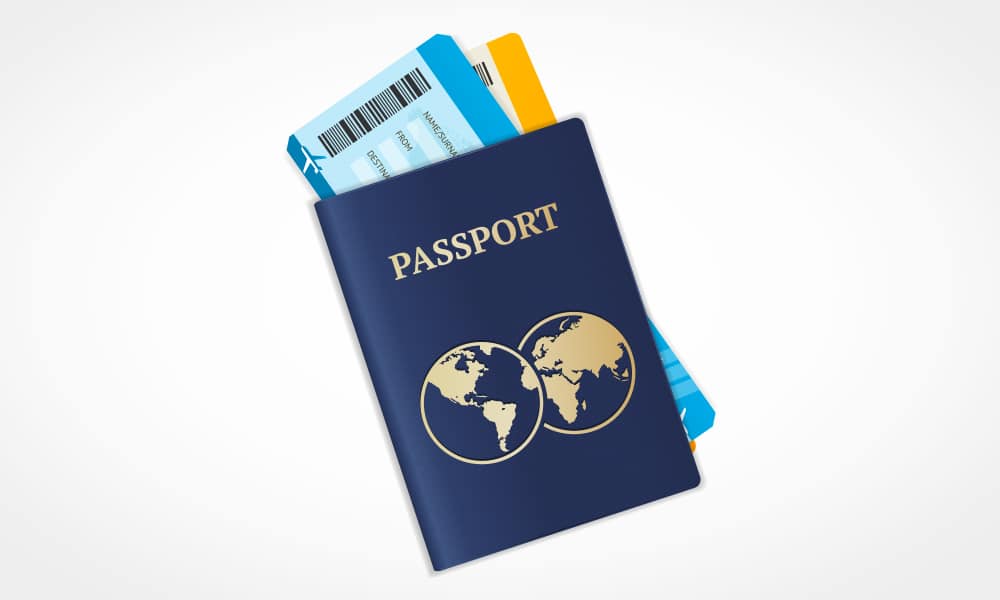- 1
- 2
- 3
- 4
- 1Destinations
- 2Trip Date
- 3Travellers
- 4Medical history
Popular Destinations

Now covers COVID-19
What is Mauritius Famous For?
You might start with its turquoise coastlines and lush mountains, but that's just the surface of what Mauritius is famous for. It is a place where centuries of African, Indian, French, and Chinese influences stir together in every plate of curry, every street mural, and every local smile. It's soulful, proud, and quietly magical—equal parts paradise and personality. The country offers more than one reason people keep returning.
Travel Insurance Plans on PolicyBazaar#1
- Individuals
- Sr. Citizens
- Students
Why is Mauritius Everyone's Bucket List?
Today, everyone wants to visit Mauritius, and that is because only a few places manage to blend natural beauty, cultural richness, and warmth with such quiet grace. Here's why travellers find themselves drawn in:
- Beaches with a soul. Not just white sand—try Trou aux Biches at sunset or the quiet charm of Belle Mare.
- World in One Island. French, Creole, Indian, and Chinese influences shape daily life—flavours, festivals, and even music.
- Underwater waterfalls. Off the coast of Le Morne, the sea creates an optical illusion so surreal that it looks like a waterfall falling into the ocean.
- Local wildlife. Meet the giant Aldabra tortoises on Île aux Aigrettes, or spot pink pigeons found nowhere else on Earth.
6 Reasons Why Mauritius is So Famous
Mauritius doesn't shout for attention—it earns it quietly. With landscapes that surprise and a culture that is welcoming, this island stays with those who visit. Here's why it keeps showing up on travel lists across the world:
1. The Coasts
The beaches here do more than look pretty. Make sure you see:
- Trou aux Biches feels like a painting, especially just before dusk.
- Le Morne, a UNESCO heritage site, whispers the history of the maroons—escaped slaves who chose freedom, even in death.
- Blue Bay, the snorkelling paradise, has water so clear that even the corals peep from below.
2. A Tapestry of Cultures
Mauritius isn't one thing—it is many, living side by side. You can soak in:
- Creole and French, Indian and Chinese—languages, cuisines, and festivals co-exist like they have always belonged.
- You'll pass Hindu temples, Catholic chapels, and Chinese pagodas in a single drive.
- Street food? A timeline on a plate—from dholl puri to boulettes.
3. Landscapes That Shift
The island doesn't settle for one kind of beauty. You get a mix of:
- The Chamarel Seven-Coloured Earths—sand dunes in shades you wouldn't believe until you see them.
- The Black River Gorges are lush, dense, and carved with hiking trails and waterfalls.
- Trou aux Cerfs—a dormant volcanic crater offering a panoramic stillness that often says more than any photograph can.
4. Unusual Wonders
The country boasts many things you won't find just anywhere. When in Mauritius, do not miss:
- The underwater waterfall illusion near Le Morne - a natural optical trick that stuns even from above.
- Giant tortoises that live longer than most people, especially on Île aux Aigrettes.
- The elusive pink pigeon—once nearly gone, now making a quiet comeback, thanks to the island's conservation efforts.
5. The Flavours
Mauritian cuisine isn't fancy but something worth remembering. Do not forget to try the:
- Vanilla-scented curries, often homemade and served with warmth.
- Fresh seafood with Creole spice—simple, grilled, unforgettable.
- Street corners with pineapple slices, dusted in chilli and salt, that wake up your palate.
6. Sunsets And Silence
Some places pause time. For a magical sunset, you can visit:
- Flic en Flac is known for its long, open sky that turns gold and pink by 6 pm.
- Pointe d'Esny offers a quieter end to the day—fewer crowds, more colour.
Top Places to Visit in Mauritius
Mauritius isn't large, but every corner carries its own rhythm—some quiet, some bold, all memorable. From misty mountains to coral-fringed lagoons, these places are not just scenic; they reveal the island's soul. You must definitely add these to your Mauritius itinerary:
-
Le Morne Brabant
More than a dramatic mountain by the sea, it's a place layered with history and heritage. The hike is steep, but the views—and the story—stay with you. -
Chamarel Seven-Coloured Earths
Nature plays an artist here, brushing the soil in tones of violet, red, ochre, and blue. It looks surreal, but no—it's all real and untouched. -
Grand Bassin (Ganga Talao)
Tucked in the highlands, this crater lake is both serene and sacred. It feels suspended in time, with statues, temples, and mist curling over the water. -
Île aux Cerfs
An island getaway within an island—white beaches, calm waters, and every excuse to pause. Ideal for kayaking or simply doing nothing at all. -
Pamplemousses Botanical Garden
Old-world charm and rare flora meet in one of the oldest botanical gardens in the southern hemisphere. Look out for the giant water lilies—they're quietly spectacular. -
Blue Bay Marine Park
Glass-bottom boats glide over coral reefs, teeming with colour and life. It's not flashy—just nature being quietly brilliant. -
Trou aux Cerfs
A volcanic crater now dressed in green. Peaceful and panoramic, it gives you a full-circle view of the island, both literally and emotionally.
Best Time to Visit Mauritius
The island wears summer well almost all year, but May to December is when it feels just right—cooler, drier, and less sticky. The skies stay clear, the sea stays warm, and there is a breeze that makes everything feel easier. If you prefer quieter beaches and gentler prices, skip the December holidays and try early June or late September. Even the rains here know when to hold back.
Tips for Travelling to Mauritius
Mauritius may feel familiar in flavour, but it moves to its own quiet rhythm. A little preparation helps you ease into the island's way of life. Keeping a note of these tips will help you have a smooth trip to Mauritius.
- No visa queues, no stress – Indian passport holders get a Mauritius visa on arrival for up to 60 days; just carry your hotel booking, return ticket, and enough funds.
- It is renowned for couples, but not only them. It is a place that welcomes solo or group travellers, and families find their rhythm here.
- Indian food is everywhere—but try theirs too. You will find rotis, paneer, and masala chai, but don't skip dholl puri or Creole curries.
- Pack light but smart. Tropical doesn't mean uniform weather. Bring swimwear, a light jacket for the highlands, and reef-safe sunscreen.
- Travel insurance isn't mandatory—but wise. Healthcare is decent, but a good travel insurance plan for Mauritius (covering health and delays) can save you more than just money.
- Mauritian Rupee (MUR) is the official currency. Cards work in most hotels but not at small snack stalls. Carry some cash for markets and to offer tips.
- Drive on the left; go slow. Renting a car is fine, but local driving is unhurried and scenic. Honk only if you mean it.
- Time moves differently here; give yourself space to slow down. Mauritius doesn't rush—and neither should you.
Mauritius Says, “See You Soon”
You will leave with tan lines, but also stories tucked between quiet coastlines and temple bells. Mauritius makes you feel at ease, and you will want to return. Some places don't ask for your heart; they simply hold it.
What is Mauritius Famous For?: FAQs
-
Q: What’s the ideal duration for a Mauritius trip?
Ans: You can plan a 6 to 8-day Mauritius itinerary—long enough to soak in the beaches, wander through lush parks, and still have room to do nothing for a day or two. -
Q: Which part of Mauritius is best to stay in?
Ans: If you like energy and cafés, stay up north in Grand Baie. Want quiet mornings by the sea? Belle Mare in the east. For sunsets and snorkelling, head west to Flic en Flac—it’s slower, in the best way. -
Q: Is Mauritius good for a honeymoon?
Ans: It’s kind of made for it. Long dinners by the beach, catamaran sails, and resorts that know when to leave you alone—romance happens easily here. -
Q: What’s the best way to get around?
Ans: Rent a car if you're okay driving on the left and want to explore freely. If not, local taxis and hotel transfers work well—just agree on the fare before you start.
STANDARD TERMS AND CONDITIONS APPLY. For more details on risk factors, terms, and conditions, please read the sales brochure carefully before concluding a sale.
Policybazaar Insurance Brokers Private Limited, Registered Office - Plot No.119, Sector - 44, Gurgaon, Haryana - 122001 | CIN: U74999HR2014PTC053454 | Policybazaar is registered as a Composite Broker | Registration No. 742, Valid till 09/06/2027 | License category - Composite Broker | Contact Us | Legal and Admin Policies
* Price shown is for a 30 day trip to Mauritius with 50,000 dollar coverage for an adult of age 25 years































